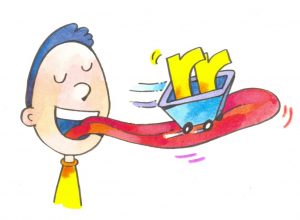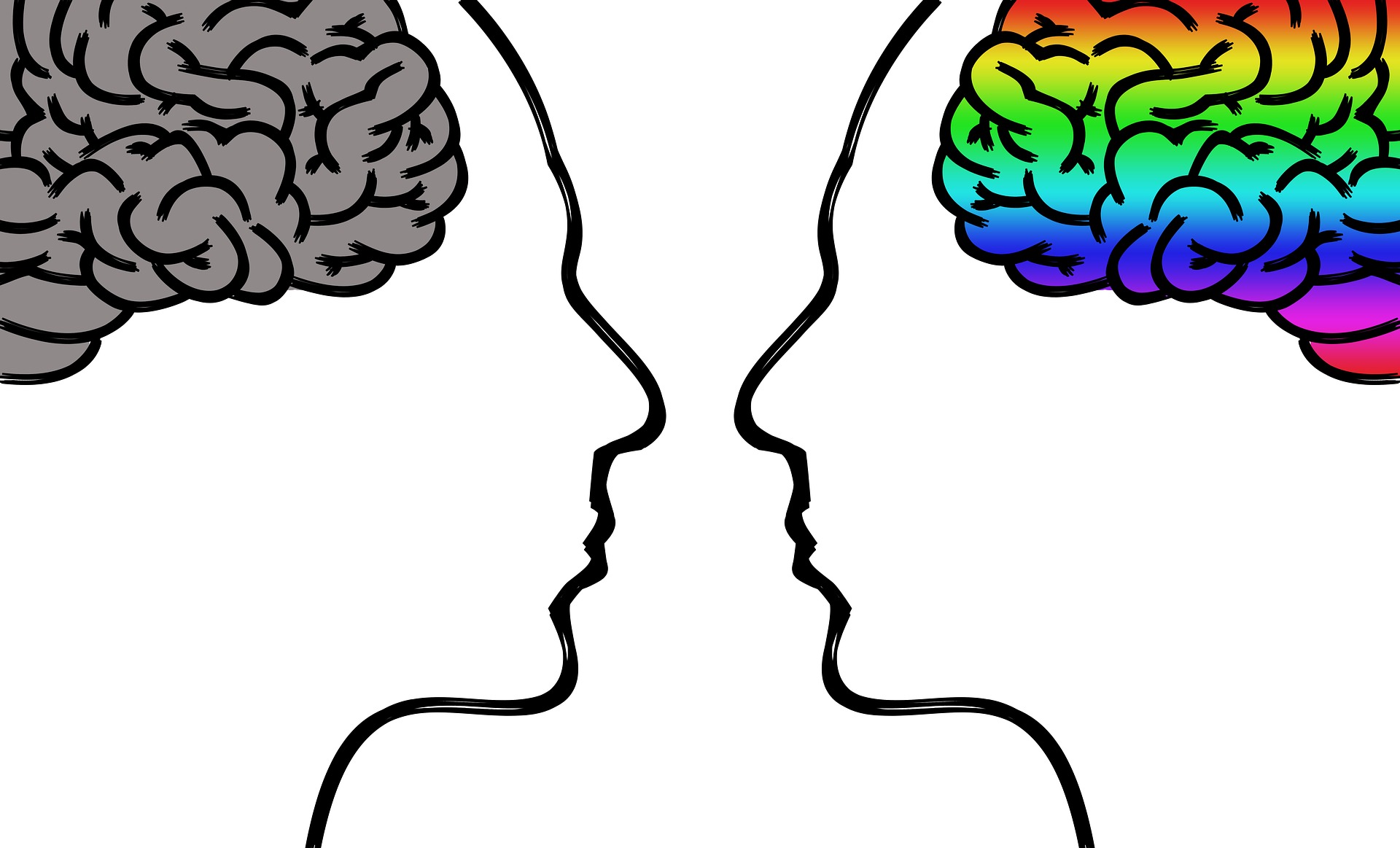Both children and adults may have difficulty correctly pronouncing the phoneme R.
Rotacism is the selective dyslalia of the / r / phoneme in all its variants, that is, a problem when it comes to articulating the sound of the erre. It can occur both in children and adults and affects both the sound of the / r / soft and strong, in words with direct syllables in initial or middle position as in row, face or car, in syllables inverse tree and in symphonies (two consonants followed and a vowel) train.
Keep in mind that the r is the most difficult letters to acquire and therefore the last to learn to pronounce. Therefore, not to pronounce it correctly is not considered a concern until the child is 5-6 years old. It is from this age when it is recommended to go to a speech therapist to help and see what is the cause of the lack of pronunciation of the phoneme.
That a child does not pronounce the r does not have greater transcendence, that is to say, it does not imply that there is some kind of delay or affectation at the psychological level.
Although it is true that when children are older and are aware that they do not pronounce certain phonemes properly can cause frustration at the inability to say it well, as this can sometimes cause mockery among peers and affect their self-esteem.
Rotacism can be caused by two factors mainly:
On a physical level
Lingual frenulum problems; that this is short and can not elevate the language by physical limitation.
Ogival palate: palate higher and narrower, so you can not properly support the tongue in it for the pronunciation of the phoneme / r /.
Hypotonicity: lack of muscle tone in the orobucofonatory organs (lips, tongue, masseters …) and lack of control over these organs.
At the functional level:
Lack of strength and coordination in the blow.
Lingual malocclusion: poor positioning of the tongue, usually this is advanced and touches or exceeds the teeth, so there is no vibration.
 The treatment of rotacism in both children and adults is 99% effective. The activities that are carried out normally to solve it are very simple exercises of reeducation of the point and way of articulation of this phoneme.
The treatment of rotacism in both children and adults is 99% effective. The activities that are carried out normally to solve it are very simple exercises of reeducation of the point and way of articulation of this phoneme.
To get this vibration of the tongue you have to coordinate the point of articulation and the breath. Therefore, the first step for the acquisition of the / r / is to work the breath. Simple puff exercises will be done, such as turning off candles, inflating balloons, playing soccer games by moving small balls of paper, wood or marbles using only the puff. You can also work with grinders, a whistle, a flute or any other blowing instrument.
Lingual Praxias, are simple exercises in which we work with the language to acquire a greater tone and control over it is complete. Many times children do not have strength or are not able to keep the language in one place long enough and that is why it escapes them and the sound is not done correctly.
An important exercise to solve the rotation is to click the tongue, usually they are told that they will simulate the horse steps. With this simple exercise, we can verify that the tongue is able to rest on the palate of the mouth and that it has the strength to support and maintain it.
Learn more about your health and well-being at Pharmamedic.







